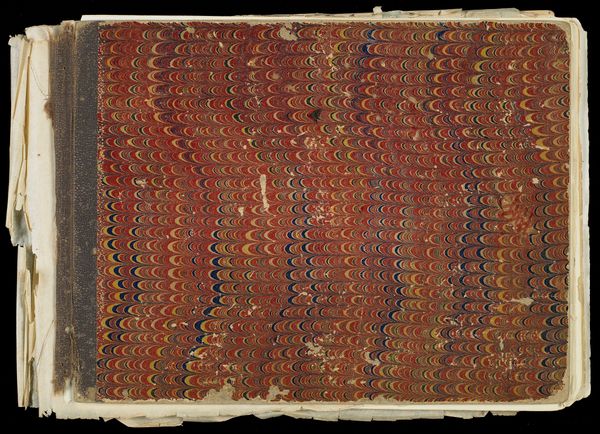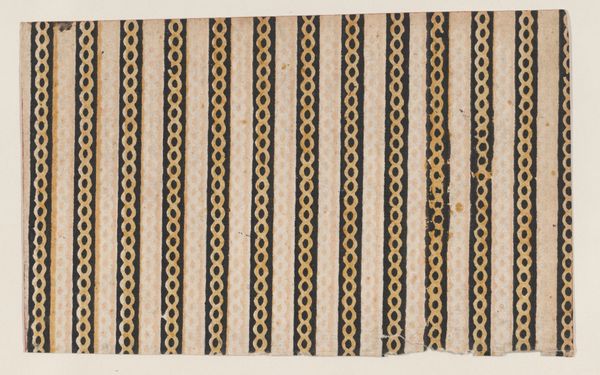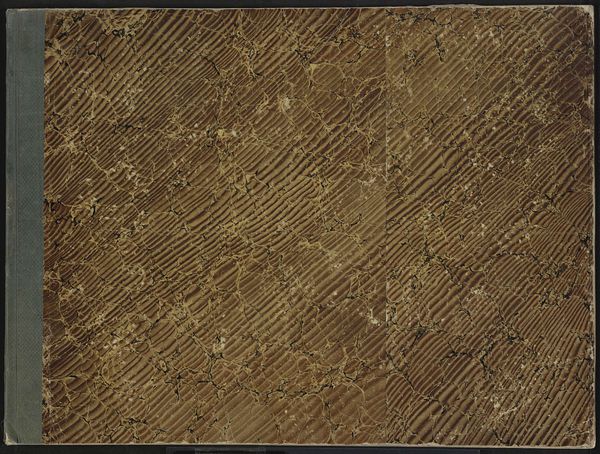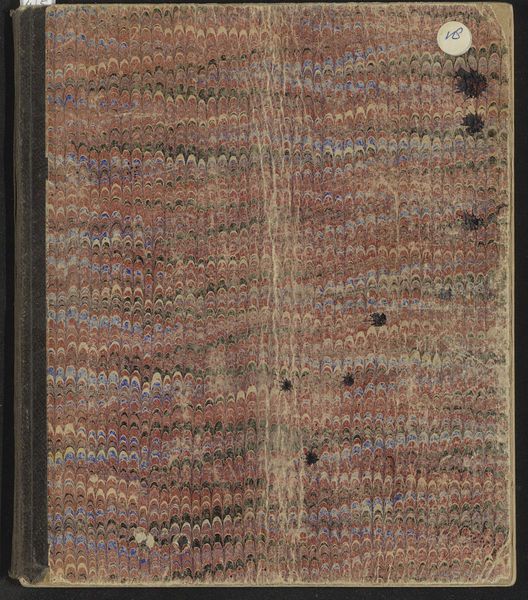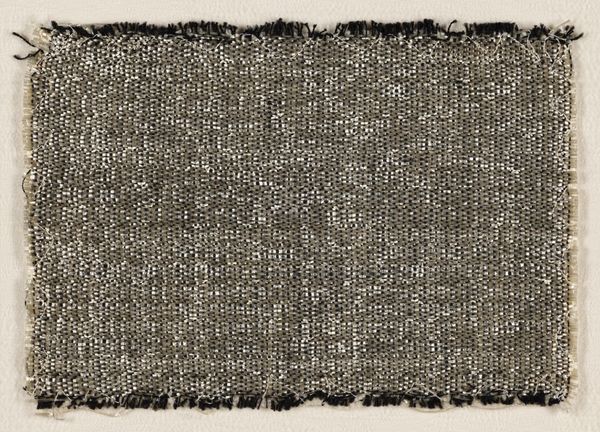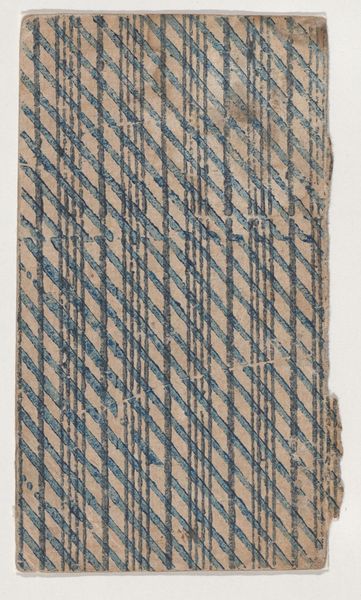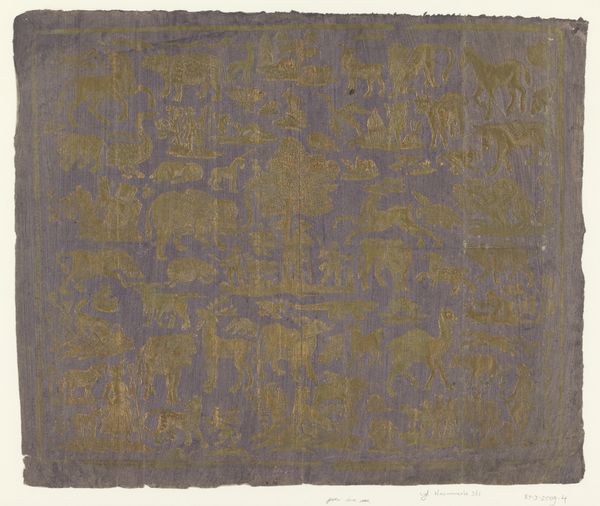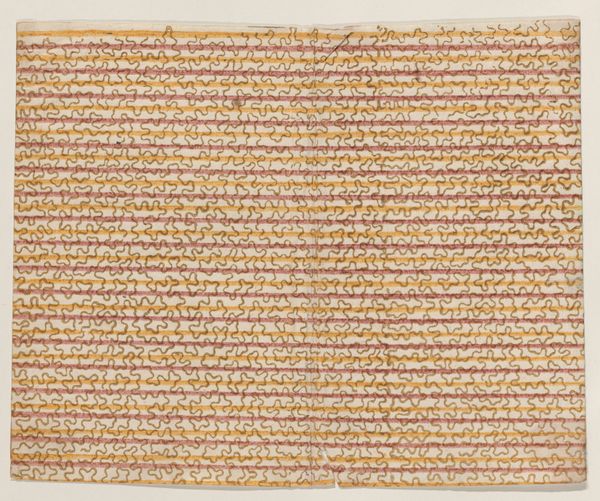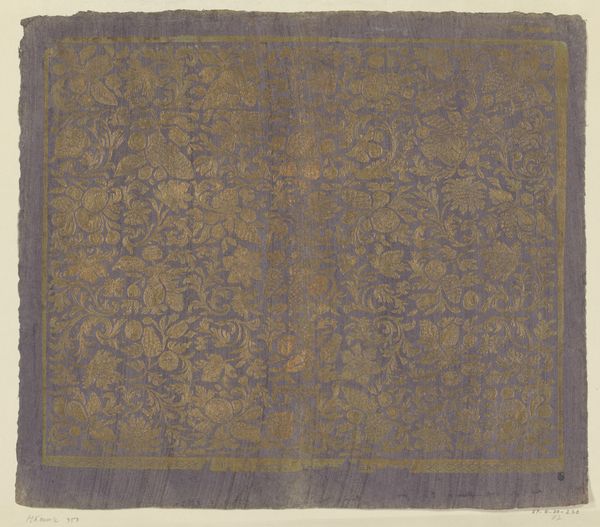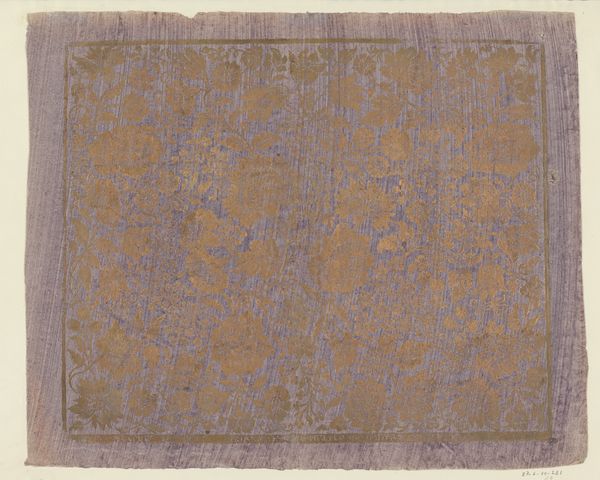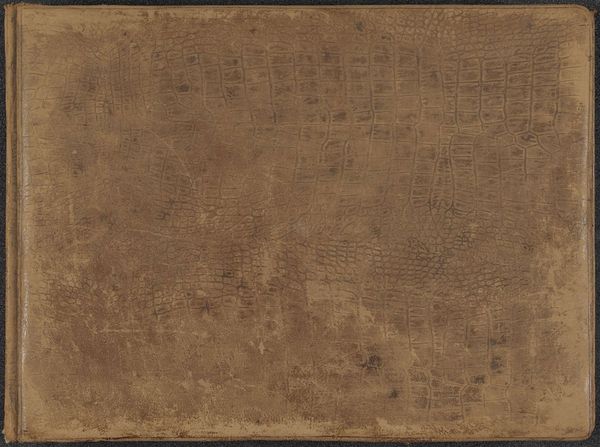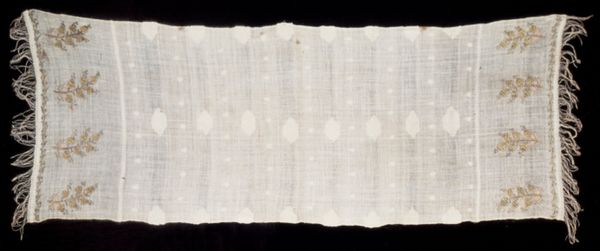
painting
#
natural stone pattern
#
naturalistic pattern
#
painting
#
geometric pattern
#
abstract pattern
#
organic pattern
#
repetition of pattern
#
abstraction
#
wooden texture
#
line
#
pattern repetition
#
layered pattern
#
organic texture
Copyright: Doreen Reid Nakamarra,Fair Use
Curator: Doreen Reid Nakamarra's "Untitled" from 2005 presents a compelling example of contemporary Indigenous Australian painting using acrylic on canvas. What strikes you first about it? Editor: The relentless pattern. It's almost hypnotic, the way those lines ripple across the canvas. There's a tension between the regularity and the slight imperfections. It looks almost woven. Curator: It's fascinating to consider Nakamarra's labor. The repetitive, rhythmic act of creating this intricate design—applying thousands of individual marks, speaks to the significance of process within the artistic creation. We need to look beyond the simple appearance of "abstraction." Editor: True, the visual field hums with activity, almost a vibration of the paint on the canvas. Speaking of form, observe the restricted color palette—earthy browns and grays. It gives a very grounding effect. Curator: Nakamarra's works are often deeply connected to her land, her country. Though seemingly abstract, the patterns often represent specific places or stories from the artist’s Dreaming—an ancestral narrative explaining the origins of the land and its people. This work and others provide a valuable window into the cosmology and lived experience, but through the lens of the commodified art market. Editor: That resonates when you put it like that. It’s more than just a design. The lines could easily suggest geographical markings, features of the land—a topography translated into symbolic language. Curator: Exactly. Nakamarra, as with many Indigenous artists, walks a tightrope. Their labor provides them resources within a neocolonial structure. This all is inextricably woven into understanding the piece. Editor: Yes, beyond just the painting itself we also have to consider it as cultural object. This reframes our understanding, offering more depth to appreciate about form, structure and materials within their symbolic role and social existence. Curator: Thinking about the materiality helps give context to what we're seeing visually. We can begin to unravel how this seemingly simple aesthetic reflects the interconnectedness of cultural stories, history and labor. Editor: Precisely. It’s rewarding to appreciate artwork, from its process to its conceptual implications and the web of interpretation—visual and historical context.
Comments
No comments
Be the first to comment and join the conversation on the ultimate creative platform.
